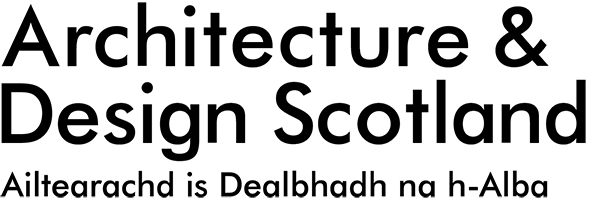Creating greenspace and biodiversity

This talk was designed to inform and inspire participants who met at the Climate Action Towns Gathering (April 2023) on how to include greenspace and biodiversity features within the Climate Action Towns project. The author of this blog is Emilie Wadsworth from the Green Action Trust, an environmental regeneration charity based in North Lanarkshire.
Greenspace and biodiversity can add a lot to towns and town centres, and in particular action to support resilience to climate change. They can deliver benefits for removing and reducing greenhouse gas emissions, and provide attractive, natural ways of adapting to the impacts of climate change that we can’t avoid. These include managing water to reduce flooding, removing pollutants from the air and providing cooling and shade in heat waves.
Social spaces
Greenspaces can provide attractive places to spend time, to sit, socialise or just enjoy the place. When planned with biodiversity in mind, they can support wildlife to be resilient to climate change too, by providing refuges, shelter and food in urban areas and allowing them to move through towns and cities as the climate changes.
Small measures make a difference
Things don’t have to be big and expensive either, even small measures can make a difference. For example, some rain garden planters along streets can have seating included, take water from roofs and other downpipes, and be planted with native species that are great for pollinators. A few car parking spaces could be removed and used to create a small greenspace that takes road runoff and treats it naturally, reducing flooding during heavy rain and removing pollutants from both the water and the air.
Greenspace projects
The talk included a lot of examples of biodiversity and greenspace projects from Scotland, and across the world, covering everything from small scale activities in housing estates up to the regeneration of large areas of disused land in city centres. The group talked about some of the opportunities, and problems, that each project had and what could be learned for their own towns. For example, finding funding to build the “parks” is often the easy bit. Getting it looked after is harder – very few local authorities have money available to look after greenspaces, and very few communities have the skills, tools, and time to do it.
Starting small
Knowing what to do can also be very difficult. Unless you’re an expert in landscape architecture, or ecology, or engineering, things can be very overwhelming and just finding where to start is a problem. So, start small. Speak to people in your town, the local authority, community groups or local branches of environmental charities like wildlife trusts. They can help point you in the right direction, give advice, and even supporting with finding funding to get assessments and designs done.
Biodiversity can add so much more to climate action, for people and wildlife, I strongly recommend you use it as a tool to support everything else you’re doing.
About the author
The Green Action Trust is an environmental regeneration charity based in North Lanarkshire. We work with communities, local authorities and government agencies to deliver projects that provide social and economic benefits whilst improving the environment of local areas.
Emilie Wadsworth is an ecologist by trade and has worked with the Green Action Trust for nearly 20 years. She leads on urban greening, blue-green infrastructure, biodiversity and climate change. This blog was initially produced for the Climate Action Towns Gathering in April 2023.
Image courtesy of the Green Action Trust.
